- Phd Student involved: Marios Neophytou
attention over the last few years. New fields of applications are feasible as OPVs are
lightweight, flexible and have the potential for truly low fabrication cost. At present,
so-called bulk heterojunction structures based on blends of a conjugated polymer as
electron donor and a soluble fullerene derivative as acceptor represent the OPV
material system with the highest power conversion efficiency reported until now.
This thesis addresses several critical parameters in the processing issues of
polymer:fullerene based organic solar cells. Primarily, a sedulous investigation
concerning deposition parameters of an electron blocking-hole transporting interfacial
layer (Poly(3,4-ethylenedioxythiophene):poly(styrenesulfonate) [PEDOT:PSS]) was
performed. The conductivity and thickness effect of the layer on overall device
performance was analyzed. Then the optically active layer consisting of the reference
poly-3-hexylthiophene and phenyl-C61-butyric acid methyl ester (P3HT:PCBM)
blend material system was investigated. Parameters such as composition ratio, layer
thickness and annealing conditions were examined in order to achieve the reference
organic solar cells for the newly founded Molecular Electronics and Photonics
research unit with optimized and highly reproducible power conversion efficiency
(PCE).
The processing steps described in this thesis yielded P3HT:PCBM devices
with repeatable and consistent PCE performance higher than 3 % and now the process
is used as a standard method to provide the reference solar cells in the Molecular
Electronics and Photonics laboratory. During the processing steps of P3HT:PCBM, a
21 kink in the shape of the current density/voltage (J/V) characteristics was observed.
Devices of different ratios of P3HT to PCBM were fabricated and sent for further
studies at the Jaume University in Spain. The s-shaped characteristics were explained
by capacitance measurements related to the presence of defect bands exhibiting
Gaussian shape located at E approximate to 0.38 eV above the highest occupied
molecular orbital level of the P3HT.
After establishing the reference process for P3HT:PCBM based solar cells new
synthesized conjugated polymers donors were investigated in terms of their potential
for organic solar cell applications. A perfluoro poly[(9,9-dioctylfluorenyl-2,7-diyl)-
alt-5,5- (4’,7’-di-2-thienyl-2’,1’,3’-benzothiadiazole)] (APFO-3) derivative and
different fluorescent boron-dipyrromethene conjugated polymers (BODIPY) were
characterized. Absorption and photo luminescent spectra as well as current density
characteristics of the fabricated photovoltaic devices were compared to commercially
available materials. Despite the exhibited low mobility and PCE values (in the range
of 0.2-1.2 %), some of the newly synthesized polymers, like PBT and PBTT, are
promising electron donors for further synthetic trials due to their high absorption
coefficient and high photovoltage (over 1 V).
Furthermore a systematic study of inkjet printing processing parameters for
organic solar cells applications was followed. Optimum parameters for inkjet printing
active layer were firstly identified, proving that the viscosity of the inkjet formulation,
substrate temperature, drop spacing and the height of the droplet in relation to the
surface are critical factors to achieving high quality inkjet-printed polymer-fullerene
22 based active layers. The last part of the chapter focuses on replacing the expensive
and brittle indium tin oxide (ITO) with an inkjet printed silver grid architecture.
Investigation of an inkjet-printed silver nanoparticle grid combined with different
conductivity PEDOT:PSS was performed. An ultimate control of the design
requirements of current collecting grid based on the proposed inkjet-printed process to
accurately control the uniformity and dimensions of the silver nanoparticle based grid
was achieved. The performed measurements revealed higher transparency of the
printed Ag grid when compared to different thicknesses of ITO. As a result a record
power conversion efficiency of 1.96 % is achieved for ITO-free P3HT:PCBM based
organic solar cells using the combination of PEDOT:PSS/inkjet printed nanoparticles
based current collecting grids.
- Start date: 2008
- Current Status: completed in 2012
